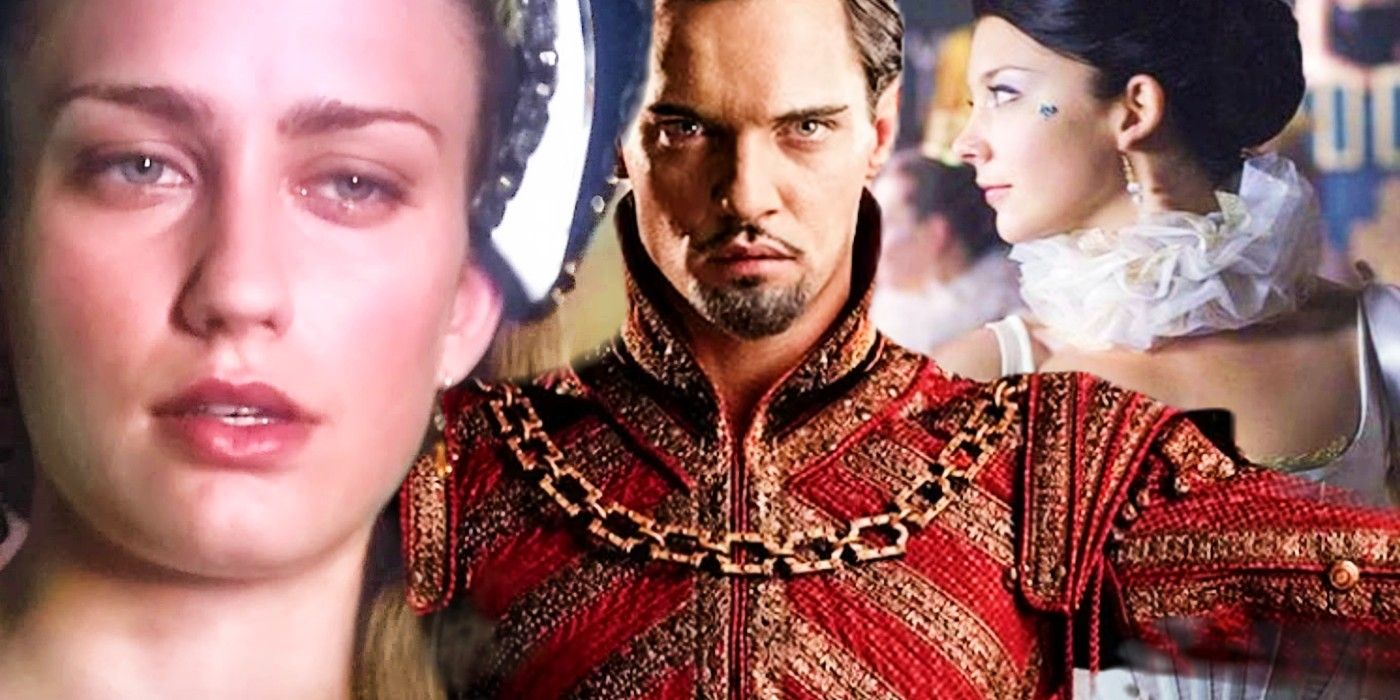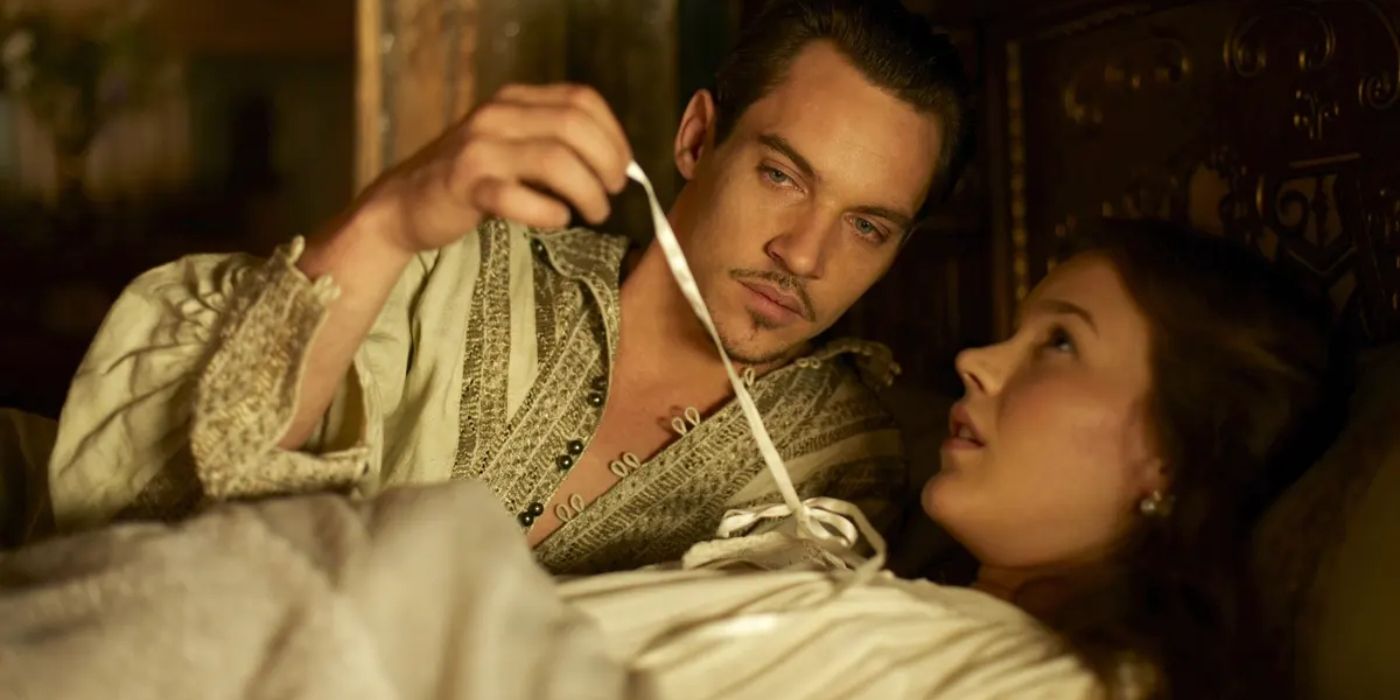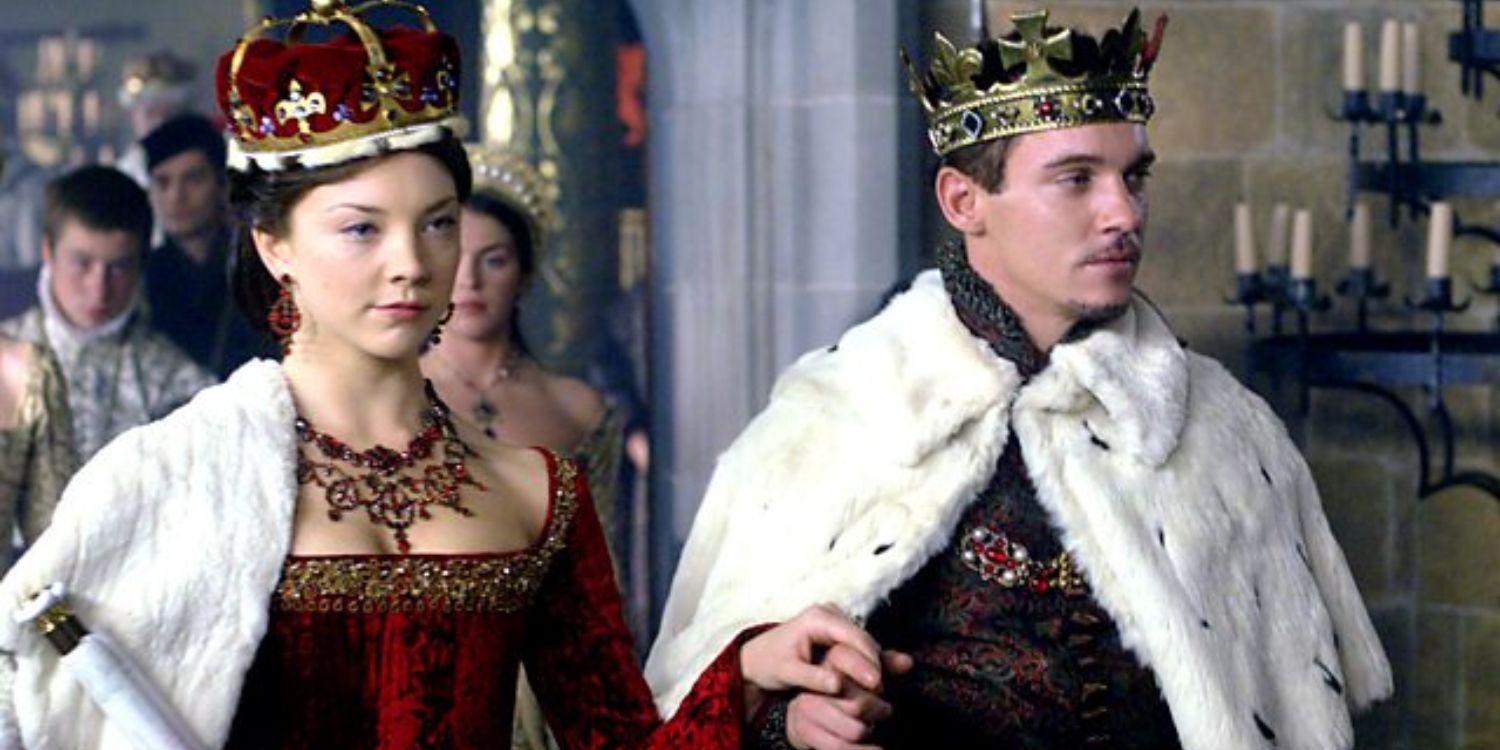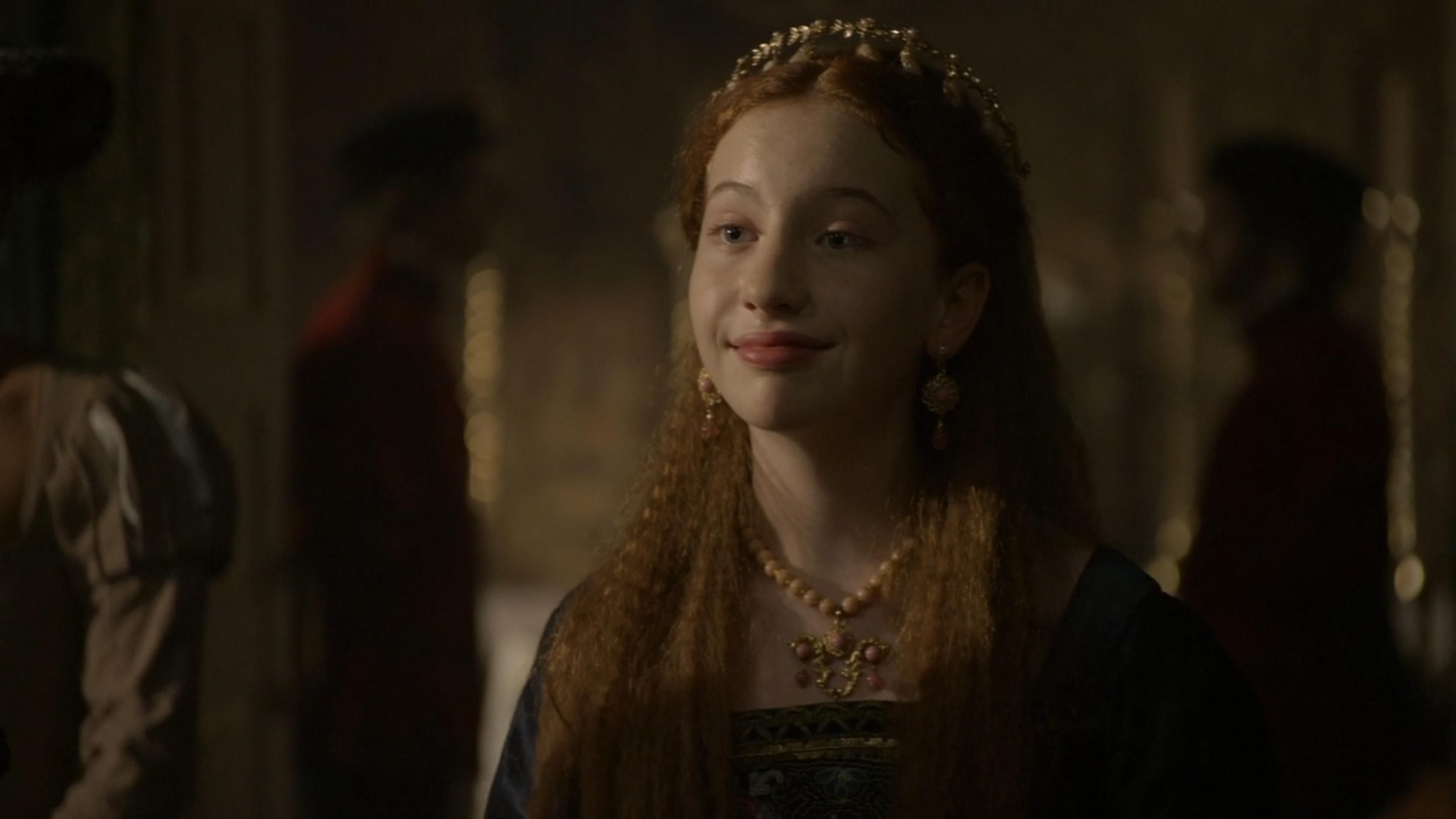Summary
- Some aspects of The Tudors remain true to historical records, showcasing a blend of fact and fiction.
- Henry VIII did have an illegitimate son, Henry Fitzroy, and his womanizing reputation was accurate.
- Henry's desperate quest for a legitimate son led to his split from the Catholic Church, reshaping history.
The Tudors offers viewers a tantalizing glimpse into the reign of Henry VIII, but how accurate The Tudors is has been called into question. While it stands as one of Showtime's most memorable ventures into historical fiction, it's equally renowned for its creative liberties. The writers openly embraced a flexible approach to historical accuracy, weaving a tapestry of narratives that alternated between fact and fiction for the sake of entertainment. Despite these deviations, the series also grounded itself in genuine historical events, surprising viewers with its adherence to reality in some storylines.
Determining the line between fact and fiction in The Tudors can be as intriguing as the show itself. What aspects of the series accurately reflect the tumultuous era of Henry VIII (played by Jonathan Rhys Meyers in The Tudors cast), complete with his myriad of wives and political intrigues, and which are pure inventions, designed to entertain? This contrast offers a fascinating insight into the blend of historical truth and creative storytelling that defines the series, and how accurate The Tudors is.
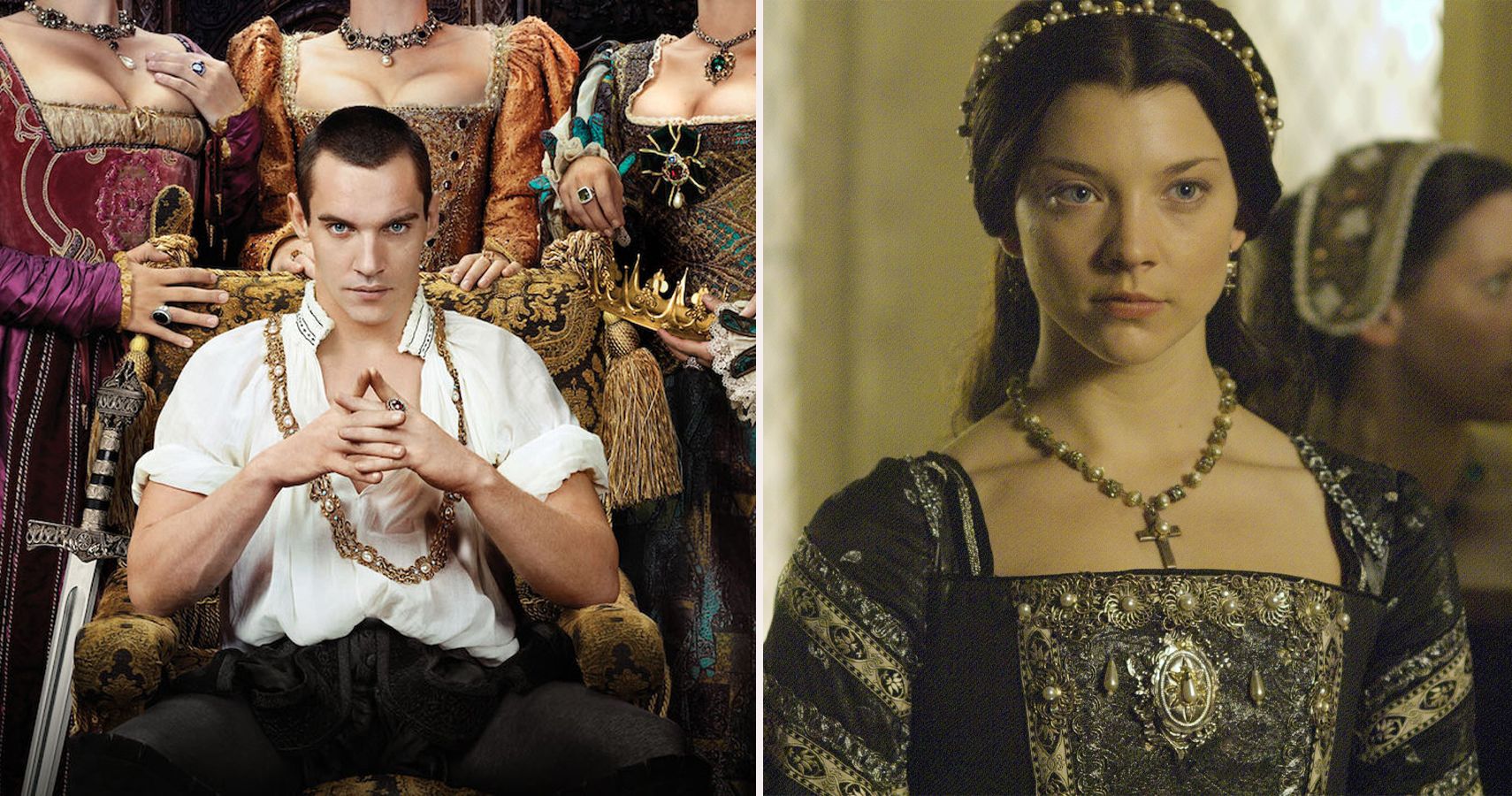
The Tudors: 10 Hidden Details About The Costumes You Didn’t Notice
The Tudors was known for being a great period drama on Showtime, and here are some hidden details fans might have missed about the fantastic costumes.Watch The Tudors on Prime Video
Things In The Tudors That Are Historically Accurate
Henry's Sister Secretly Married His Best Friend
Seemingly plucked from a soap opera, the plot where Henry's sister marries his best friend in secret is surprisingly accurate. Contrary to the show's dramatic flair, this narrative sticks closely to historical events. Charles Brandon, Henry's confidant, clandestinely wed Mary Tudor, Henry's sister, following her widowhood—not Margaret as depicted, nor to a Portuguese king, but to King Louis XII of France.
Despite marrying without Henry's consent, causing initial outrage, the king's deep affection for both led to their eventual forgiveness, mirroring the true complexity and bonds of Tudor court life.

10 Best TV Shows Like Starz's The Serpent Queen
From Victoria and The White Queen to The Crown, discover the best period dramas to watch alongside Starz's The Serpent Queen.Henry Had An Illegitimate Son With Elizabeth Blount
Amidst King Henry VIII's infamous quest for a male heir—a quest that reshaped history—he did, in fact, father a son. Henry Fitzroy, born to Henry and his mistress, Elizabeth Blount, was a tangible yet overlooked piece of the monarch's complex legacy.
Although Fitzroy's birth did not fulfill the king's desire for a legitimate heir, he was far from disregarded. Acknowledged by Henry, Fitzroy was showered with favoritism and elevated to nobility as the Duke of Richmond and Somerset, underscoring the king's nuanced personal life and the intricate dynamics of Tudor succession.
Henry Really Was That Much Of A Womanizer
Over time, historical perspectives often shift, casting figures like Henry VIII in a less-than-flattering light. Despite modern impressions that scarcely align with what would be considered attractive, Henry in his youth was indeed considered attractive and lived up to his womanizing reputation as portrayed in The Tudors.
His marital escapades are well-documented, with a notorious track record of quickly replacing wives. Beyond his six marriages, Henry's charm and status attracted a myriad of lovers. This aspect of his persona, though controversial, is historically accurate, revealing the king's complex nature and the allure he held in his time.
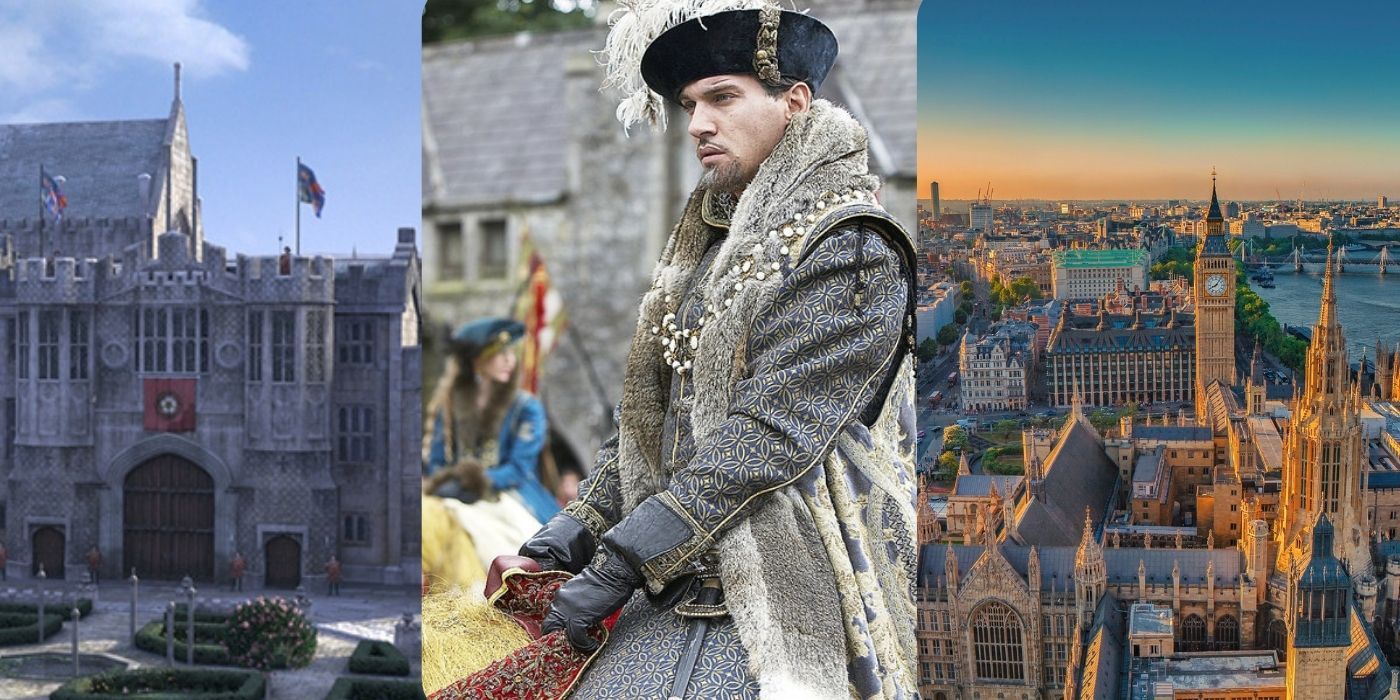
The Tudors: 7 Real-Life Cities Seen In The Show
The towns and cities seen in The Tudors seem so accurate, even though many have faded away over time. Still, a few iconic cities endure today.Henry's Desperation For A Legitimate Son Was Real
The Tudors embellished historical facts for drama, but Henry VIII's life required little exaggeration to rival any soap opera. His fervent desire for a male heir was not just a narrative convenience; it was a profound reality. This obsession wasn't merely a personal whim; it was a matter of dynastic survival and national stability.
Henry's deep-seated fear of leaving no male successor led him to take actions that altered the course of English history and the church. His relentless quest for a son underpins many of the era's pivotal moments, illustrating how personal desires can indeed reshape the world.
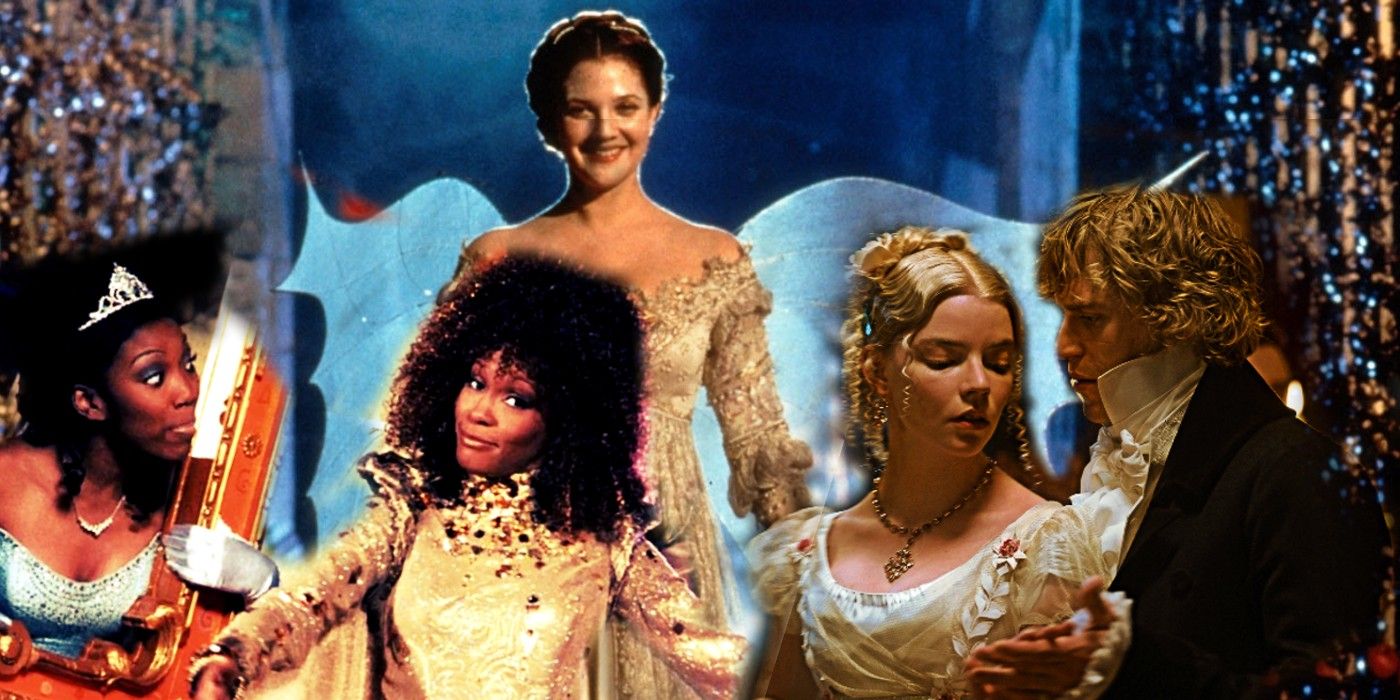
10 Best Period Dramas To Watch While You Wait For Bridgerton
While fans wait for Bridgerton season 3 to premiere on Netflix, these period dramas capture the romance, steaminess, and diversity of the show.Henry Left The Catholic Church So He Could Remarry
While his infatuation with Anne Boleyn undoubtedly influenced his actions, the underlying motive was his desperate need for a legitimate male heir.
King Henry VIII's departure from the Catholic Church to establish the Church of England was a watershed moment in history, driven by his determination to annul his marriage to Catherine of Aragon and wed Anne Boleyn. Before this step, Henry exhausted every possible appeal within the Church to dissolve his marriage legally.
While his infatuation with Anne Boleyn undoubtedly influenced his actions, the underlying motive was his desperate need for a legitimate male heir. This ambition catalyzed not only his marital decisions but also precipitated the split between England and the Catholic Church, reshaping religious and political landscapes across Europe.
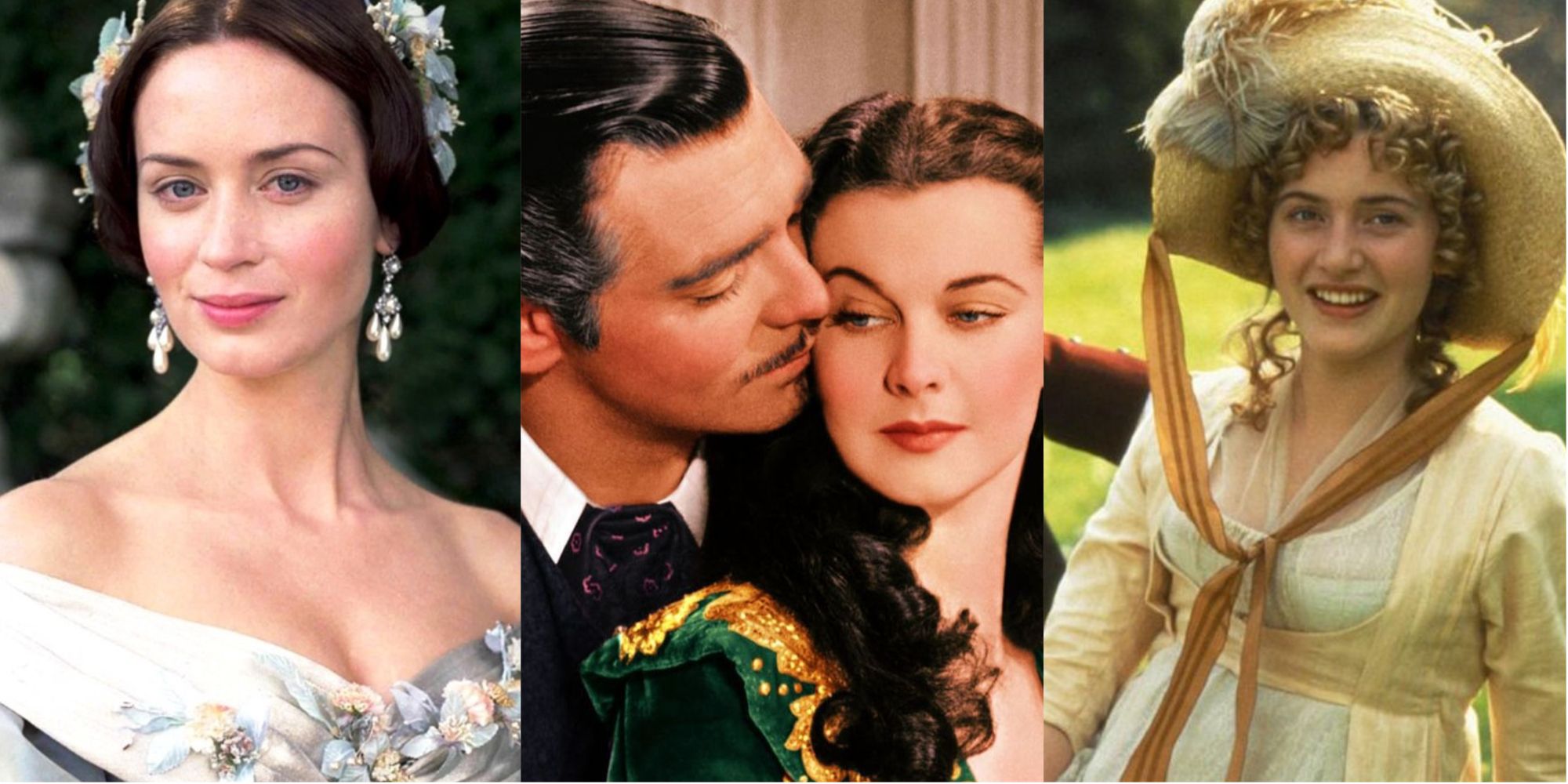
10 Best Romantic Period Dramas According to IMDb
Romantic period dramas are beloved all over the world. IMDb ratings can help viewers find the most romantic and engaging options to watch.Things In The Tudors That Are Fictional
Henry Had Two Sisters, Not One
The Tudors portrays Henry VIII as having just one sister, Margaret Tudor, while in reality, he also had a second sister, Mary. This choice to blend the lives and stories of both sisters into the singular character of Margaret might have been a narrative strategy to streamline the plot, focusing on the most compelling aspects of their histories.
Despite the amalgamation simplifying the storyline, it does overlook the individual significance and historical contributions of each sister. Given the show's attention to lesser-known historical figures, the omission of Mary Tudor remains a surprising decision, subtly altering the familial dynamics surrounding Henry VIII.
Henry Fitzroy Died Young, But Not That Young
The Tudors dramatizes the premature demise of Henry Fitzroy, King Henry VIII's only acknowledged illegitimate son, suggesting he passed away as a young child. Contrary to this portrayal, the historical Henry Fitzroy met his end at 17, an age considered adulthood in the Tudor era.
Already married, his death was indeed due to illness—possibly tuberculosis, though the exact cause remains speculative among historians. This untimely loss extinguished Henry VIII's faint hope for a male heir through Fitzroy, marking a poignant chapter in the king's quest for succession, further emphasizing the personal tragedies that haunted his reign.
Mary And Elizabeth Weren't Princesses
In The Tudors, King Henry VIII affectionately addresses his daughters, Mary and Elizabeth, as "princesses," yet historically, this title was formally denied to them. Driven by his fixation on securing a male successor, Henry VIII decided to de-legitimize both daughters, effectively stripping them of their royal titles in anticipation of a future male heir.
Despite this, Mary and Elizabeth's destinies were far from diminished. They ascended to the throne as queens, with Elizabeth's reign emerging as one of the most illustrious in history. Although they were not princesses in their father's lifetime, their legacies surpassed the confines of such titles.
Henry Was Much Older When He Married Catherine Howard
The marriage and subsequent execution of Catherine Howard represent a dramatic chapter in both The Tudors and the actual history of Henry VIII. While the series captures Catherine's youthful age and her treasonous affair with Thomas Culpeper, it glosses over Henry's physical condition.
Historically, Henry was significantly older and had gotten heavyset, a stark contrast to his portrayal in the show. This discrepancy likely contributed to Catherine's marital dissatisfaction, leading historians to speculate that her eagerness to seek companionship elsewhere was partly due to being bound to a spouse who was far from what a teenager might find desirable.
Catherine Parr Was Much Younger When She Married Henry
In The Tudors, Catherine Parr, Henry VIII's sixth and final wife, is depicted as nearing middle age at the time of her marriage. However, historical records show she was under 30 when she wed the 52-year-old king, contradicting her on-screen portrayal.
Their union, lasting around four years until Henry's death, was marked by relative peace and mutual respect, diverging from the tumultuous relationships Henry had with his previous wives. This lack of drama, while less captivating, underscores a period of stability in Henry's later years and may explain why this part of his life receives less attention in the series.
The Tudors
- Cast
- Jonathan Rhys Meyers , Henry Cavill , Natalie Dormer
- Release Date
- April 1, 2007
- Seasons
- 4

